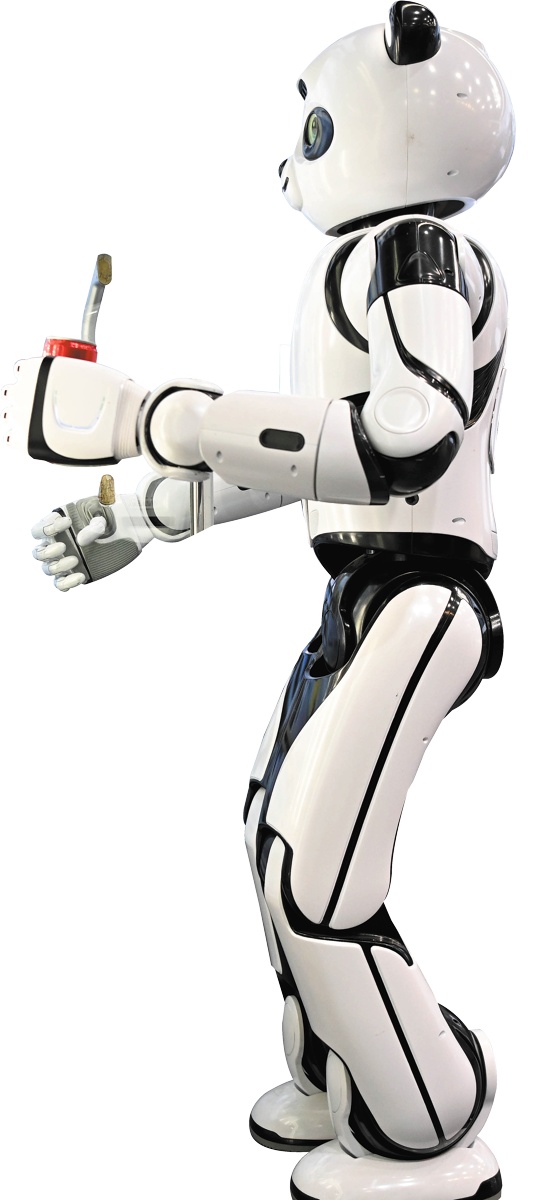Optimized, primed — next-Gen robots start rollout
AI-improved humanoids set for mass production, expanded roles in workforce


Smarter robot 'brains'
The progress of large language models such as China-developed DeepSeek is also injecting new vitality into the sector.
US market research company International Data Corp said that LLMs are key drivers and can help better develop the "brain" of humanoid robots, enhancing perception and enabling autonomous learning and decision-making, while improving motion generalization through behavioral interaction training.
In March, AgiBot launched an AI large language model, the GO-1, to accelerate the training of robots. The model enables robots to rapidly generalize new tasks with minimal training, significantly lowering the technical barriers for embodied AI applications, AgiBot said.
The GO-1 model leverages real-world human demonstrations and internet-sourced video data to enhance contextual understanding of human activities.
Yao Maoqing, a partner of AgiBot and president of its embodied intelligence business unit, said: "Even a simple water-pouring action requires nearly 100 high-quality data samples for training. These data sets, collected from 100 robots, are uploaded to the cloud computing platform for model iteration, eventually enabling universal task deployment."
Repetitive industrial tasks remain the initial focus for the application of humanoid robots. Yao highlighted logistics as a prime example.
"While automated guided vehicles excel at transporting goods, tasks such as packaging different sized items demand real-time adjustments and error correction — a challenge perfectly suited for humanoid robots. AI control allows them to rethink strategies upon failure, much like humans," he said.
As technologies evolve, AgiBot envisions broader applications. "Humanoid robots' flexibility fills the gap between rigid automation and human labor," Yao said.
masi@chinadaily.com.cn
























